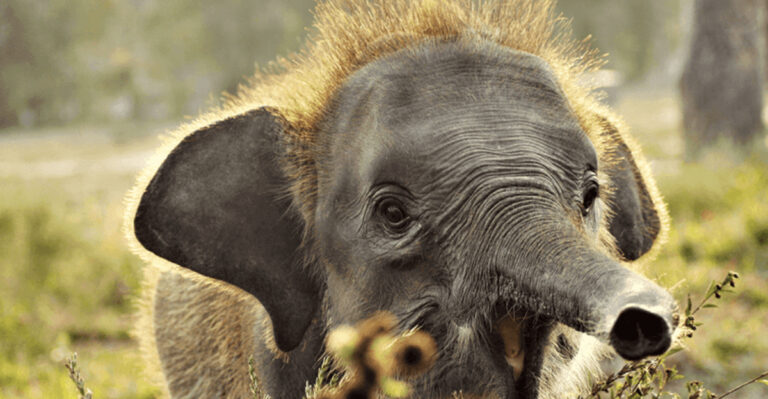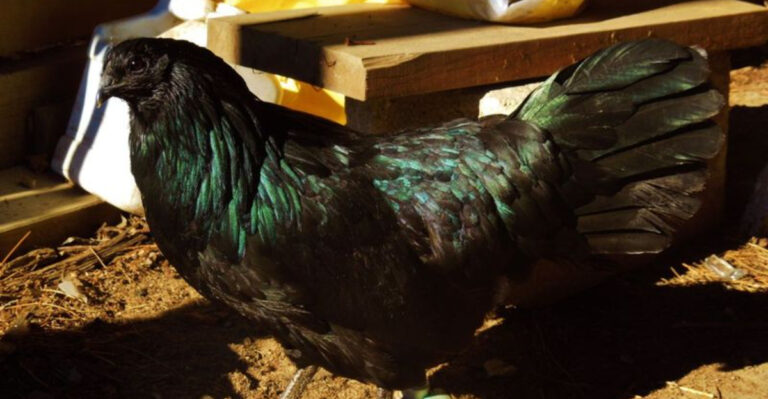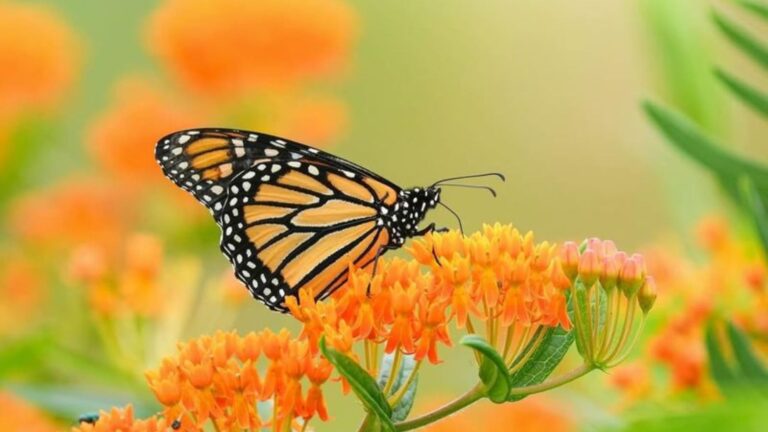15 Uncommon Ways The Pygmy Seahorse Survives In The Ocean
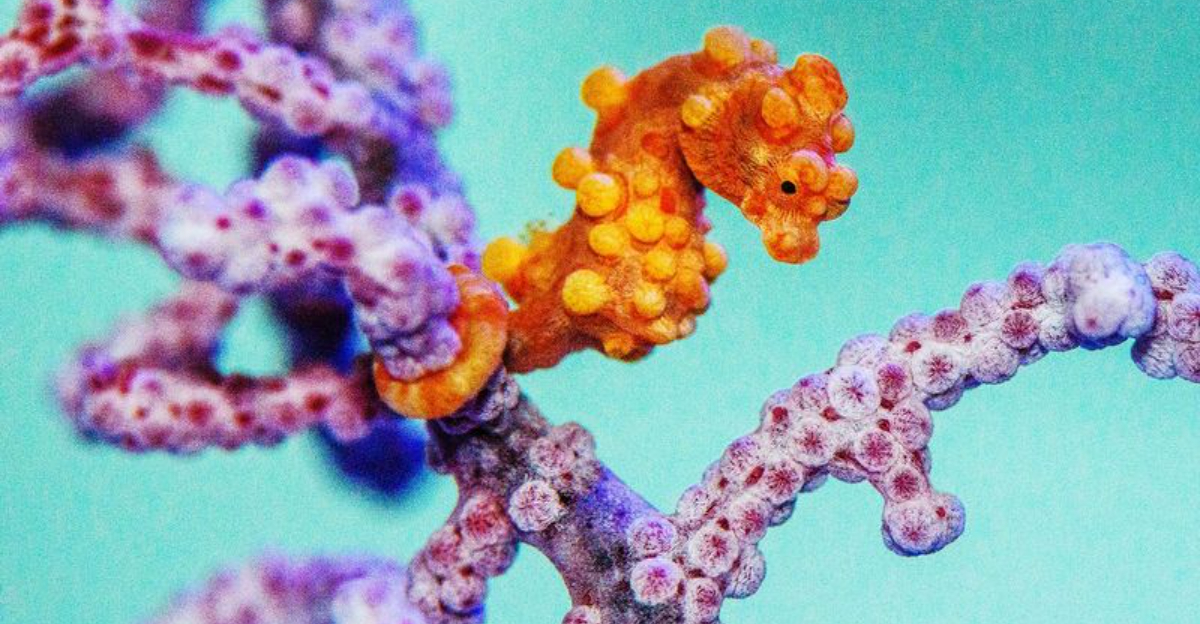
In the watery depths where secrets abound, the pygmy seahorse reigns as a master of survival. From its chameleon-like abilities to its unusual eating habits, this tiny creature showcases a variety of unexpected survival techniques.
Join us as we dive into the remarkable world of the pygmy seahorse and discover fifteen of its most surprising survival strategies.
1. Camouflage Mastery
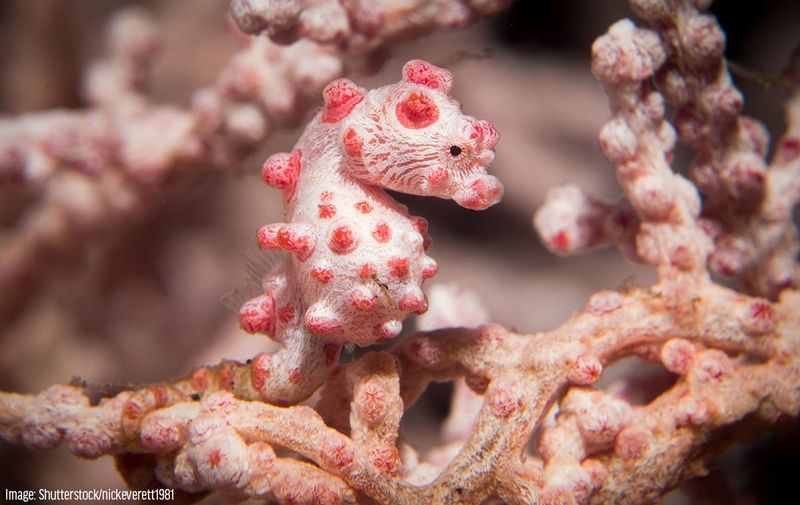
Imagine being invisible just by standing still! The pygmy seahorse is a chameleon of the sea, using its remarkable ability to match the color and texture of the coral it calls home. With hues ranging from vibrant pinks to muted browns, these tiny creatures can hide from predators and prey alike.
2. Unique Body Shape
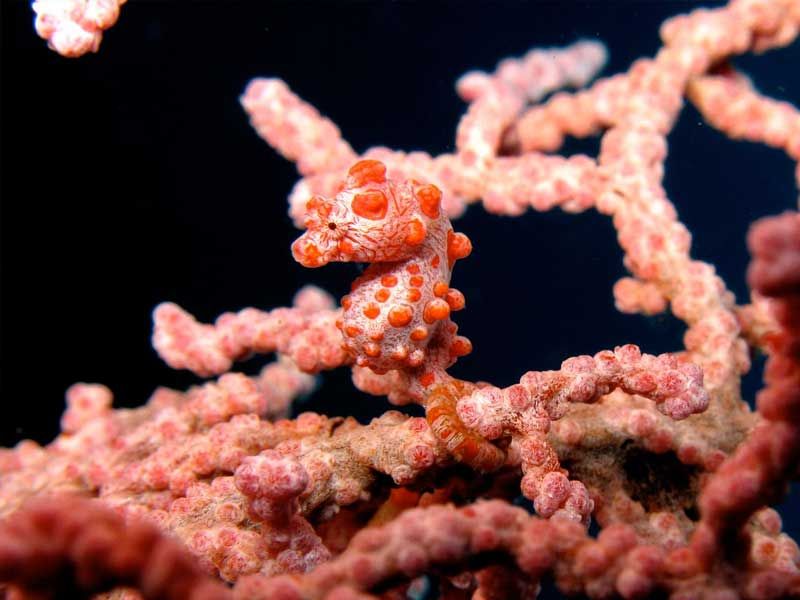
Curves in all the right places! The pygmy seahorse’s body isn’t just for show; it’s uniquely designed for survival. Its prehensile tail clings to coral effortlessly, allowing it to anchor itself in strong currents. This little seahorse can hang tight, making escaping predators a breeze without breaking a sweat.
3. Slow Motion Movement
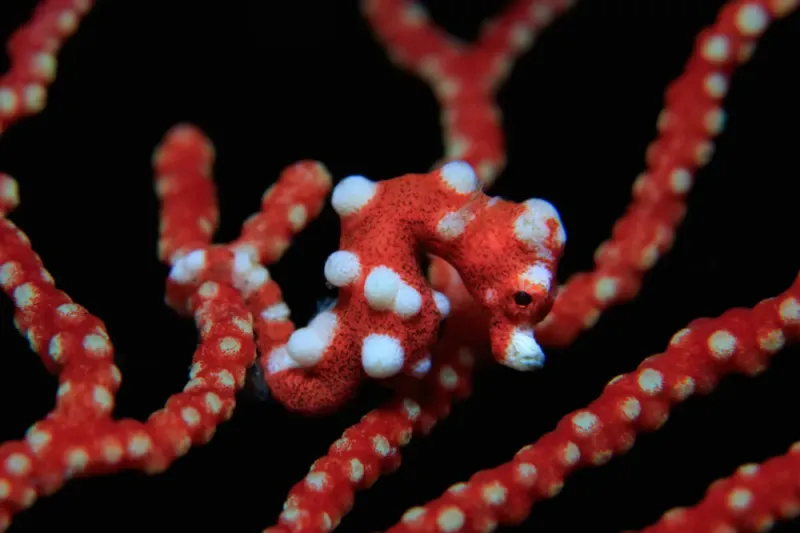
Why rush when you can mosey? These seahorses embrace life in the slow lane. Moving slowly through the water helps them remain unnoticed by both predators and prey.
This leisurely pace allows them to conserve energy while scanning for food or evading danger. A slow pace helps them blend seamlessly into their environment.
4. Mimicry Of Coral
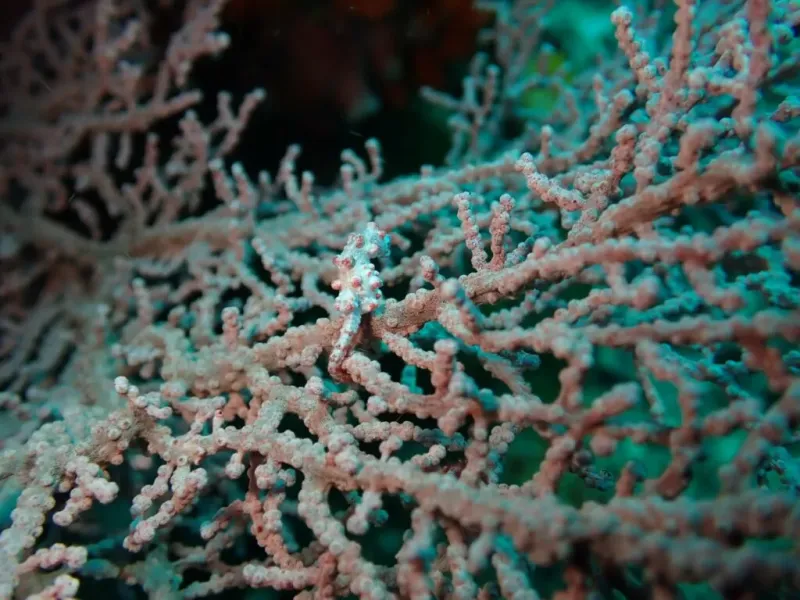
Ever seen coral with eyes? The pygmy seahorse’s uncanny mimicry skills make it indistinguishable from coral polyps.
This trick confuses predators while offering the perfect ambush point for unsuspecting plankton. The combination of shape, color, and movement creates a nearly perfect mimicry, ensuring safety and sustenance in one.
5. Tiny Size Advantage
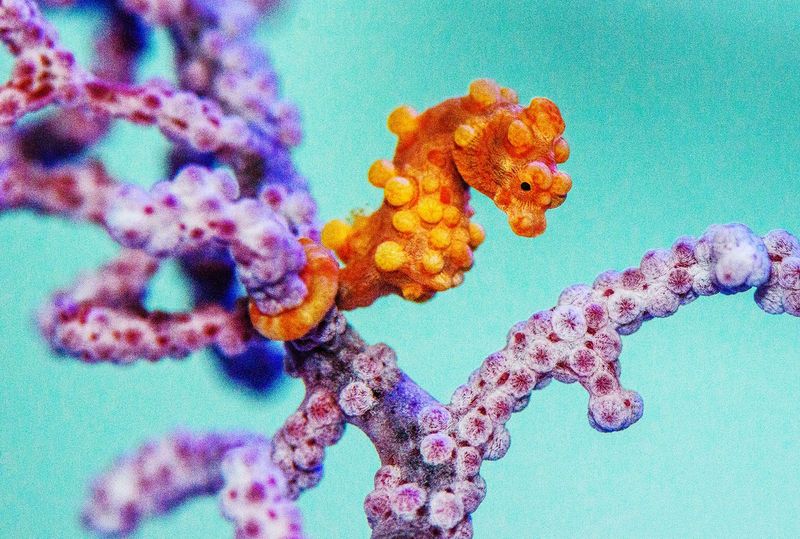
Good things come in small packages. Being tiny has its perks! At less than an inch long, the pygmy seahorse can slip into crevices and narrow coral branches, places where larger predators can’t reach. Its diminutive size ensures it remains hidden, safe, and snug within its coral sanctuary.
6. Bony Plates Armor
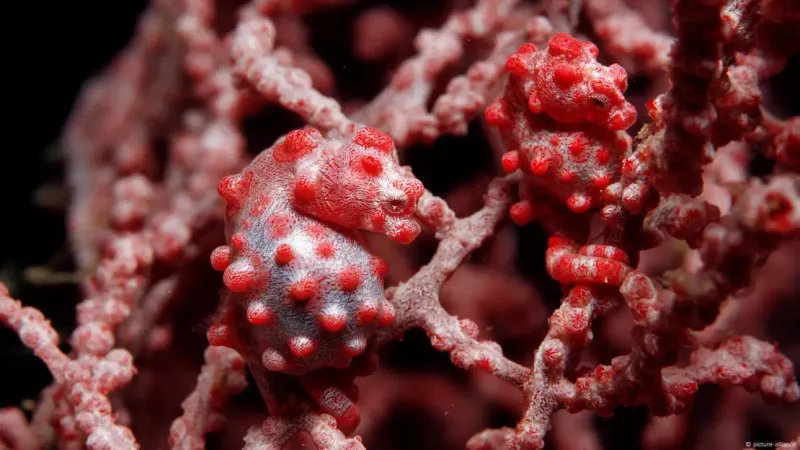
Armor up! The pygmy seahorse isn’t just soft and squishy; it’s got bony plates beneath its skin. These act like armor, providing protection against potential threats. While it may not fend off all attackers, these bony defenses give it a fighting chance when things get rough in the ocean depths.
7. Tail Gripping Ability

Hang on tight! The pygmy seahorse boasts an outstandingly flexible tail that grips coral with ease. In ocean currents where everything sways, this ability ensures it stays put. This tail isn’t just for holding on; it’s also a tool for interacting with its environment, making the seahorse a true ocean acrobat.
8. Color Changing Magic
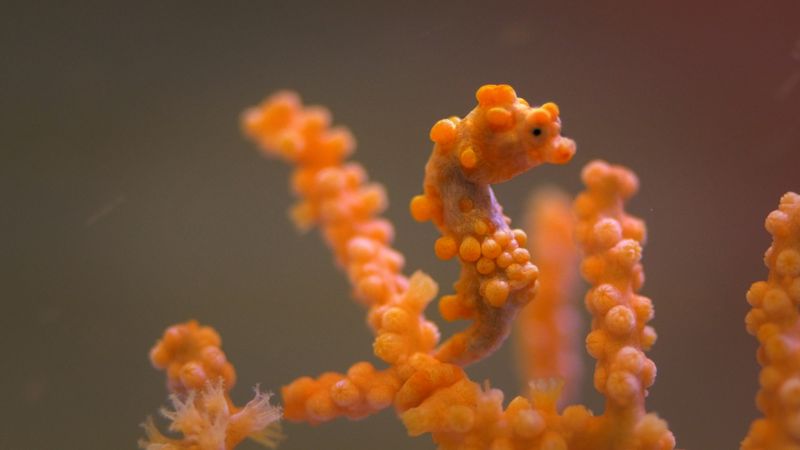
Color me impressed! These seahorses are masters at changing their hues. Whether it’s blending with vibrant pink coral or somber brown seaweed, they adjust their colors to match their surroundings. This ability not only aids in hiding from predators but also plays a role in social signaling among their peers.
9. Plankton Predation
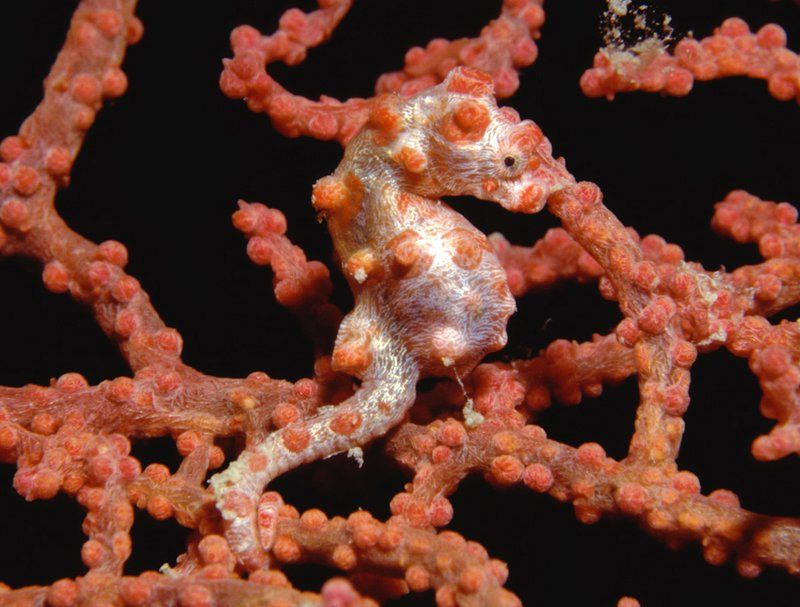
Plankton buffet anyone? The pygmy seahorse dines on a steady diet of tiny plankton, which are abundant in their coral reef environments.
With no need to chase after larger prey, they can remain hidden while munching away. This efficient feeding strategy allows them to conserve energy while meeting their nutritional needs.
10. Symbiotic Relationships
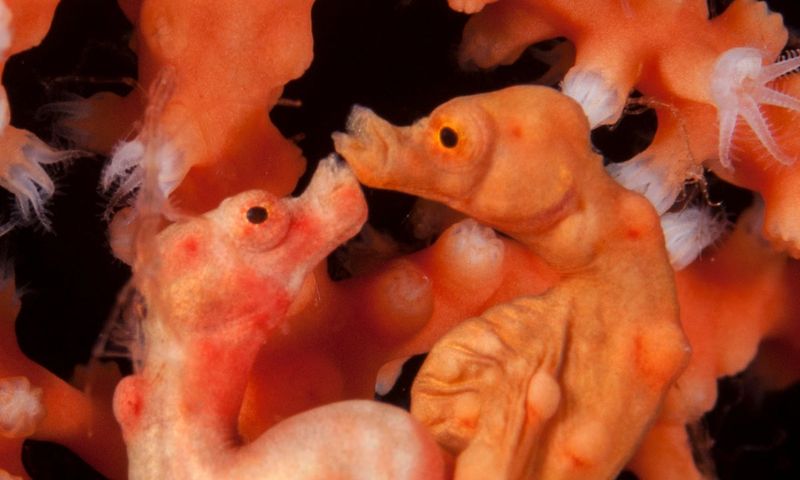
Friends in tiny places! The pygmy seahorse thrives on relationships with the coral and marine life around it. These symbiotic connections offer both protection and food, creating a cozy, supportive community in the bustling reef.
This teamwork ensures that everyone thrives, making it a win-win scenario in the ocean’s ecosystem.
11. Secretive Gestation
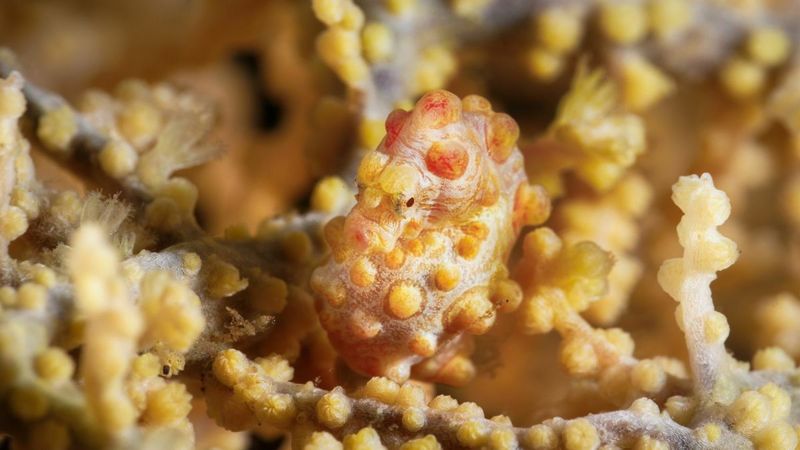
Pouch parenting! Male pygmy seahorses carry the responsibility of gestation, with a special brood pouch where females deposit eggs.
After a few weeks, tiny seahorses emerge, ready to start their own survival adventures. This unique reproductive strategy ensures the continuation of their species, with fathers playing a vital role.
12. Nocturnal Habits
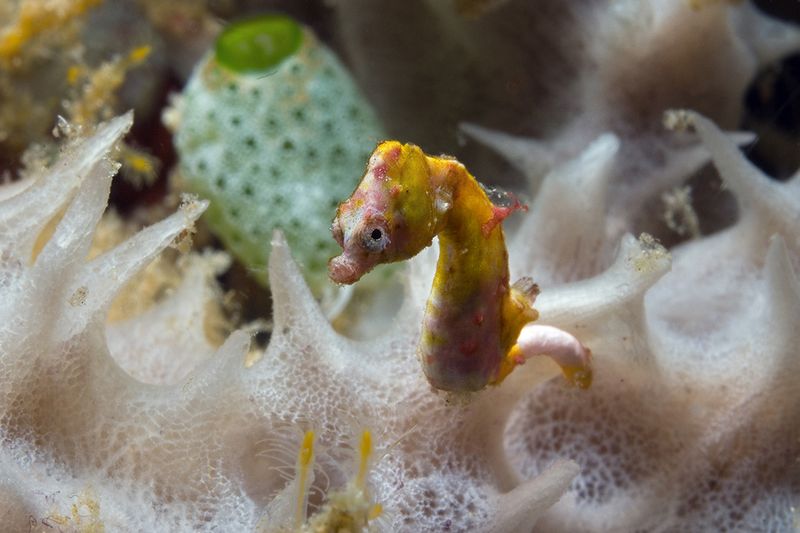
Night owls of the ocean! Pygmy seahorses prefer the cover of darkness to go about their activities. With fewer predators around at night, they can safely feed and explore. This nocturnal lifestyle minimizes competition for resources, allowing them to thrive when others are catching some underwater z’s.
13. Flexible Diet
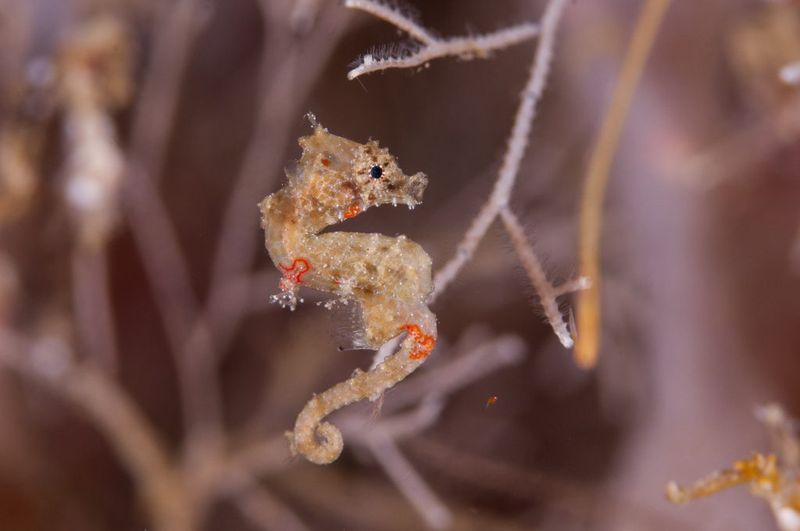
Not picky eaters! While plankton is their mainstay, pygmy seahorses aren’t above expanding their menu. They’ll nibble on other tiny critters if the opportunity arises.
This flexibility in diet allows them to adapt to various conditions and ensures they always have something to munch on, regardless of the circumstances.
14. Ocean Current Navigation
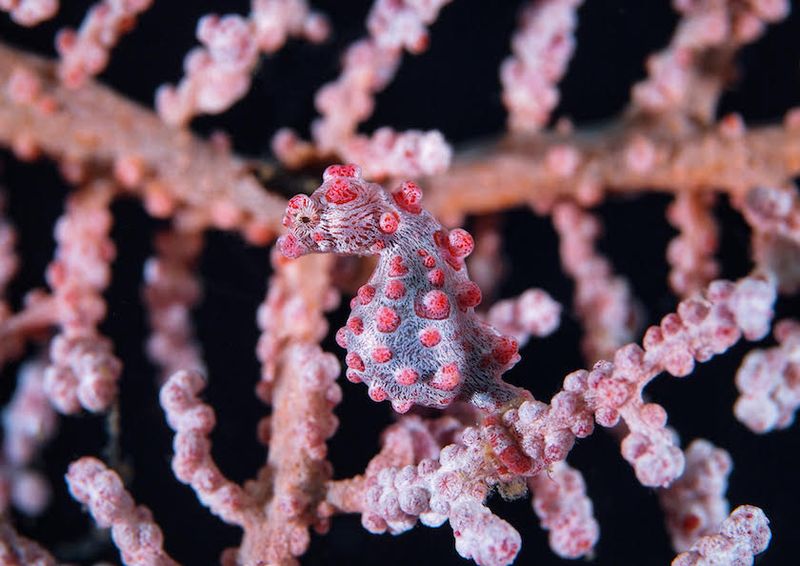
Go with the flow—or not! The pygmy seahorse is adept at navigating ocean currents, using them to move with minimal effort. Its small size and streamlined shape make it surprisingly efficient at gliding through water. This skill allows it to travel between feeding sites and coral hideaways with ease.
15. Minimal Oxygen Needs
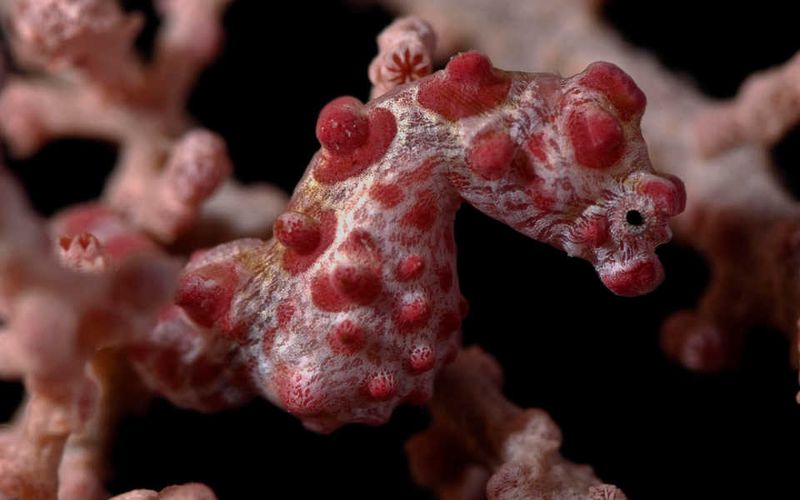
Breathe easy! These little seahorses can thrive in areas with low oxygen levels. This adaptation allows them to inhabit parts of the reef where other creatures might struggle.
Their ability to efficiently utilize available oxygen gives them an edge in the competitive reef environment, ensuring they always have a niche to occupy.

